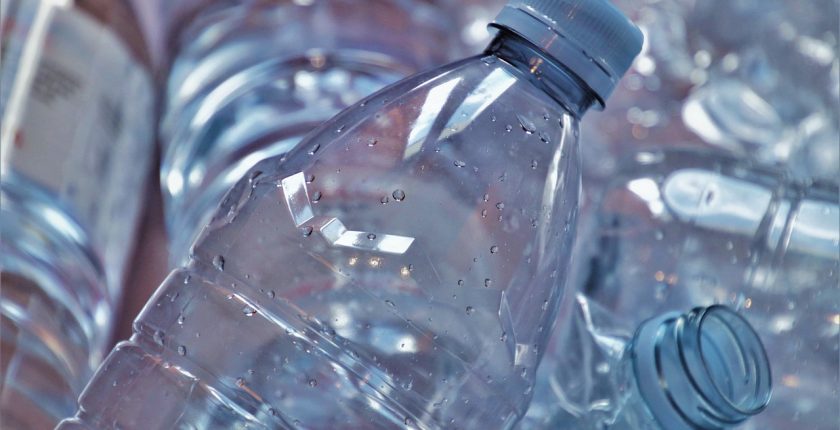Cairo’s Zabbaleen – Moving Towards Justly Implementing a Circular Economy
An Economic Paradigm Shift – Linear to Circular Economy
The impact our current economic model is having on the planet, and the people is worrying. This current economic model, termed the linear economy, is based on a ‘take-make-dispose’ paradigm. In this paradigm, raw materials are extracted to make a product, the product is then used and then discarded. This economic paradigm has developed from industrialisation and powered the exponential growth in access to goods and services. In many ways the linear economic model could be said to have propelled global development to new heights, however, this has come at a heavy cost. The model creates a significant amount of waste, which detrimentally impacts the health of our planet. It also contributes to the worsening socioeconomic equality where workers at the raw or waste end of the production line are underpaid or subject to fluctuating market prices.
Via global initiatives, movements, and multi-lateral agreements, the world is now moving towards a new model and paradigm. The new economic model, named the circular economy, is based on nature’s ability to circulate resources. In a circular economy, the production and consumption of goods aim to keep energy and material within the economic system. As such, waste becomes a critical resource rather than an unfortunate by-product created at the end of economic activity.
The circular economy requires a paradigm shift. Where manufacturers in a linear economy prioritise profit in the design of a product, in a circular economy manufacturers would design their products to be amenable to future life cycles. Every component would be recyclable or reusable and therefore kept as a productive economic part for as long as possible.
The Potential Benefits and Benefactors of a Justly Implemented Circular Economy
The circular economic model is predicted to significantly contribute towards tackling climate change. Studies have pointed towards a potential reduction of CO2 emissions of up to 3.6 billion tons per year by 2050. Additionally, studies have suggested that the adoption of circular economy practices in steel, cement, plastic, and aluminium industries could decrease global emissions by 40% by 2050 (Schröder, P, 2020).
In terms of socio-economic development, it has also been forwarded that the circular economy can help redistribute the benefits of a functioning global economy. Currently, economies focused on supplying raw materials or processing waste, benefit less than others. This is because in the linear economic model a product increases in value as it is developed towards completion and then loses its value again when it becomes a waste product. The initial raw material stage is often less profitable and more susceptible to market fluctuations than the later stages of product manufacture. Those participating in processing waste suffer similar inequalities. This is particularly true in economies that have less formal waste regulations. The circular economic model could help balance out the profits of manufacturing a product by maintaining value throughout the economic process. With waste becoming a legitimised ‘new raw material’ its value would be retained at a higher rate. This could spread the economic returns more evenly across the manufacturing process, essentially making waste management more profitable.
However, these gains in socioeconomic equality would rely on how the circular model is applied. Concerns have been raised (Chatham, 2020) as to what extent the circular economy can assist in reaching the UN’s Sustainable Development Goals such as Zero Hunger (SDG2), Gender Equality (SDG5), and Reduced Inequalities (SDG10).
Any model is only as effective as how it is implemented. As such the potential for the circular model to ensure equitable development can only be realised when the needs of all people in the economic chain are considered.
Integrating the Zabbaleen into Egypts Green Economy
Cairo’s Zabbaleen (waste collectors) have been managing Cairo’s waste for the last 70 years. Their heritage can be traced back to the 1940s where farmers migrated to Cairo to escape crop failure, turning their efforts towards collecting and recycling the waste in the city. Today the Zabbaleen collect 50-60% of Cairo’s waste (Weforum, 2021). Uniquely the Zabbaleen have already embodied the values of a circular economy. Instead of viewing waste as a by-product to be managed, they see waste as a useful resource and as something to be ‘harvested’. Their outlook on waste means that the Zabbaleen are able to play an effective role in moving Cairo towards a circular economy.
As part of their drive to ensure 100% of their packaging is recycled, Nestlé in partnership with CID Consulting has initiated a scheme to formally include the Zabbaleen into its recycling process. The initiative started in 2019 and involves incentivising the collection of PET plastics (synonymous with single-use plastics). However, the scheme plans to include all consumer packaging in the future. Other international companies, such as Unilever and Pepsico, have recently joined Nestlé in initiating similar schemes.
These incentives show how the circular economy is already starting to supplant the linear version. As waste becomes a ‘valuable resource’, or at the very least an accountable responsibility, we could see further initiatives that would benefit those occupying the waste stage of the manufacturing process.
Bibliography
Iskandar, L,. (14th June 2021) How tech is helping Egypt’s informal recyclers build a circular economy https://www.weforum.org/agenda/2021/06/technology-egypt-recycling-circular-economy/
Yeoh ni, Tze,. (17th February 2020) A circular economy for all: the case for integrating the informal waste sector https://ksr.hkspublications.org/2020/02/17/a-circular-economy-for-all/
UN,. (2nd August 2021) The circular economy, cooperatives and the social and solidarity economy https://www.un.org/development/desa/cooperatives/2021/08/02/the-circular-economy-cooperatives-and-the(-social-and-solidarity-economy/
Lemille, A,. (1st October 2017) Applying ‘circular thinking’ https://alexlemille.medium.com/applying-circular-thinking-to-also-eradicate-poverty-5800081e9e1e
Schröder,P,. (April 2020) Promoting a just transition to an inclusive circular economy https://www.chathamhouse.org/sites/default/files/2020-04-01-inclusive-circular-economy-schroder.pdf

